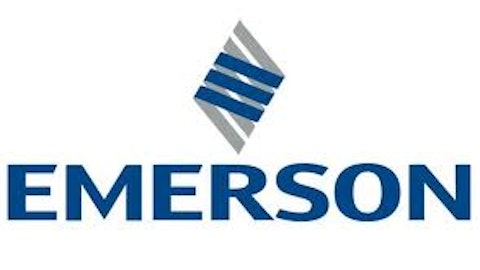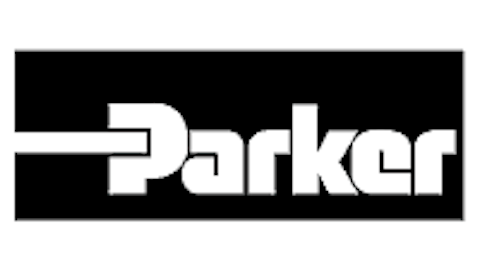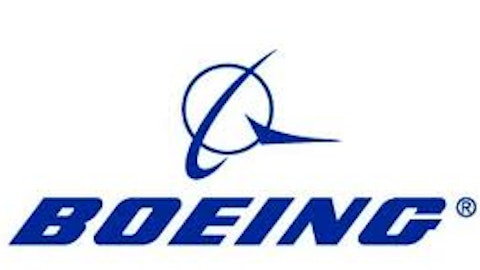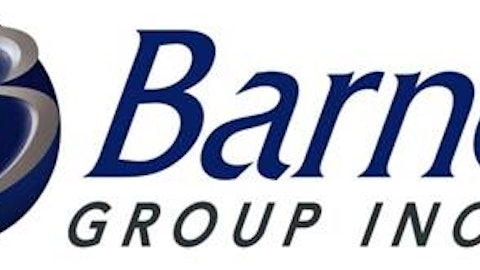Key Risks
At the moment, Parker-Hannifin Corp (NYSE:PH)’s results are being hurt by the strong dollar and sluggish industrial activity around the world. The business is sensitive to manufacturing activity, aircraft miles flown, and construction markets. Not surprisingly, PH will be impacted by trends in the broader economy and is cyclical. If current global growth trends continue weakening, the stock will likely fall in the near-term.
However, with hundreds of thousands of individual products (none greater than 1% of total sales) and about 445,000 customers (none greater than 4% of total sales), PH operates a well-diversified business model that won’t be brought down easily by any single factor. The company’s excellent balance sheet and free cash flow generation add further protection.
Dividend Analysis
We analyze 25+ years of dividend data and 10+ years of fundamental data to understand the safety and growth prospects of a dividend. PH’s long-term dividend and fundamental data charts can all be seen by clicking here.
Dividend Safety Score
Our Safety Score answers the question, “Is the current dividend payment safe?” We look at factors such as current and historical EPS and FCF payout ratios, debt levels, free cash flow generation, industry cyclicality, ROIC trends, and more. Scores of 50 are average, 75 or higher is very good, and 25 or lower is considered weak.
PH’s dividend payment is extremely safe with a Safety Score of 97. Over the last four quarters, PH’s dividend has consumed 39% of its earnings and 42% of its free cash flow. Even if the company’s earnings were chopped in half, they would continue to more than cover the dividend.
Looking longer-term, PH’s payout ratios have about doubled over the last decade as dividend growth outpaced earnings growth. Given management’s 30% payout ratio goal, future dividend growth will likely be more aligned with earnings growth. However, there is still plenty of room for dividend increases for many years to come.

Source: Simply Safe Dividends

Source: Simply Safe Dividends
During the last recession, PH’s sales fell by 15% in 2009 but its earnings dropped by about 40%, reflecting the cyclicality of many of its end markets. The stock also underperformed the S&P 500 by 6% in 2008, falling by 42%. While PH’s low payout ratios will help it weather just about any economic storm, it’s important to be aware of the stock’s cyclicality.

Source: Simply Safe Dividends
Cash flow is the lifeblood of businesses, and PH’s cash generation has been extremely impressive. The company has generated operating cash flow greater than 10% of sales (i.e. a 10% cash flow margin) for 14 straight years – even during the financial crisis. The company’s substantial aftermarket business, massive distribution network, and leading technologies have made it a cash machine.

Source: Simply Safe Dividends
PH’s balance sheet also looks great. The company could cover its entire debt with cash on hand and less than one full year of earnings before interest and taxes (EBIT). In other words, PH has plenty of flexibility to repurchase shares (announced a $2-$3 billion repurchase plan in October 2014), increase the dividend, and make opportunistic acquisitions.

Source: Simply Safe Dividends
To conclude, PH’s low payout ratios, excellent cash flow generation, and strong balance sheet make its dividend payment one of the safest in the market.




